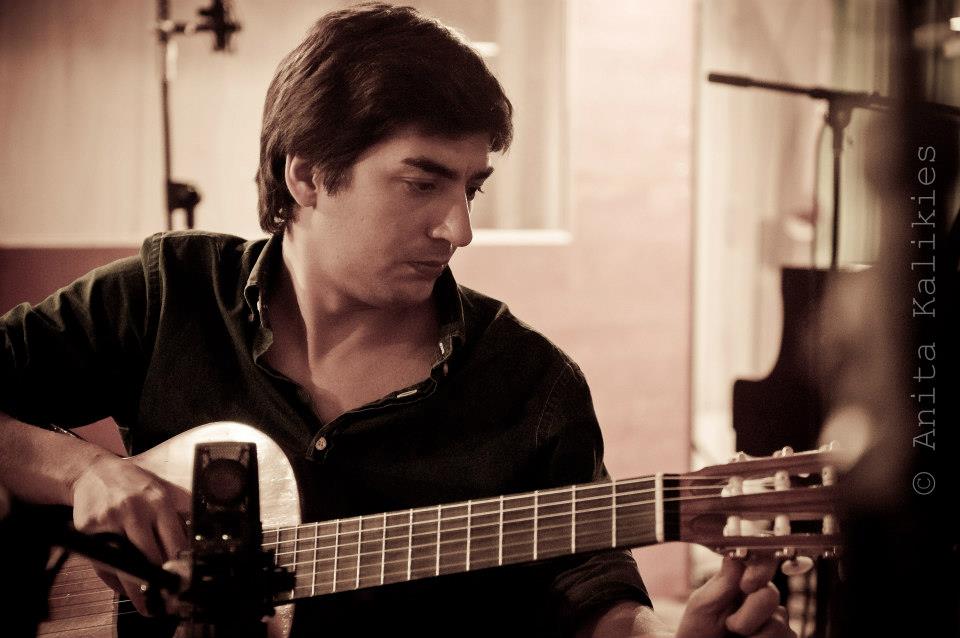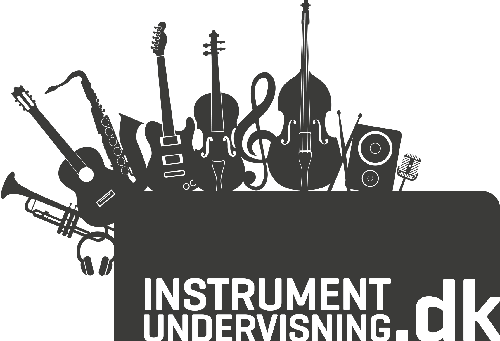Pablo C.

About Pablo
He began his guitar studies in 1994. He is a guitar teacher, graduated from the “Alberto Ginastera” provincial conservatory in the city of Buenos Aires with the title of “Instrument Teacher”.
He took courses in counterpoint and composition in the interior of Argentina as well as abroad. He attended various courses to deepen popular music, “The tango, its history and its interpretation on the guitar”, dictated by Anibal Arias (Anibal Troilo’s guitarist), “Introduction to Argentine Folk music”, dictated by Toro Staforini, introduction to the jazz genre, dictated by Armando Alonso.
The classes aim to:
– Perform the rhythmic accompaniment of the genre of tango and Argentine folklore and its derived styles gradually incorporating rhythmic variants from the basic to the complex.
– Analyze, through reading and listening, the original harmony of a specific piece of Argentine music and apply re-harmonization resources in a practical way.
-Play popular melodies attending to the timbral and stylistic concepts of each style.
– Analyze by reading and listening the harmony of a certain work of the tango and folklore repertoire and apply re-harmonization resources in a practical way
– Make melodic variations without losing the originality of the work
– Execute works with classical technique and pick technique.
– That the student improvises in certain contexts applying basic improvisation concepts.
– Play the rhythmic-harmonic accompaniment and the melodies of the Argentine music repertoire and change roles.
– Enjoy musical practice and express all your emotional charge in it.
Rhythmic aspect
-Presentation and performance of the different rhythms of Argentine folk music.
-Presentation and performance of the tango genre and its derived styles, the waltz and the milonga.
-Performance of rhythmic accompaniment in works of folk music and tango.
Harmonic aspect
-Analysis of the original harmony of a work of Argentine folklore and a work of the Tango genre.-Application of harmonization resources in tango and folklore works such as:
-Chords of dominant seventh and minor seventh.
-Link II-V-I.
-Dominant secondary (effective grades).
-Cadences; conclusive and suspensive.
-Functional replacement.
-Fourth circle.
-Modal replacement.
-Inversions of the chord.
-Modulation.
Melodic Aspect
– Melodies in all positions of the instrument.
– Melodies for 2 or more voices.
– Melodic variations.
– Characteristic phrases.
– Interpretive resources of timbre and accent.
